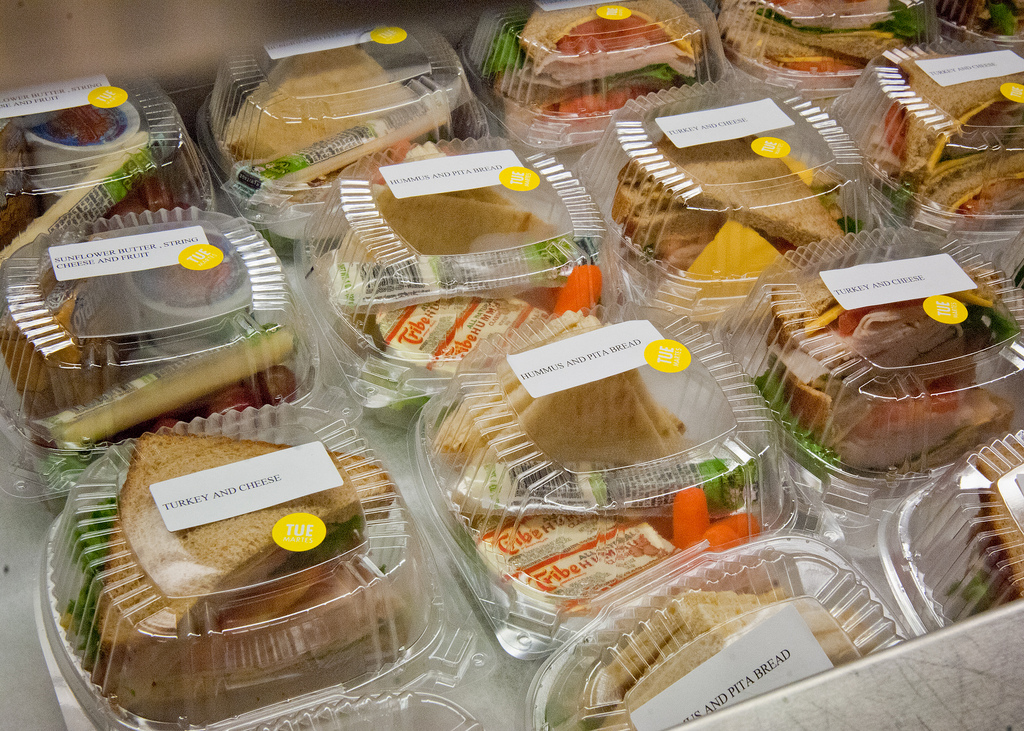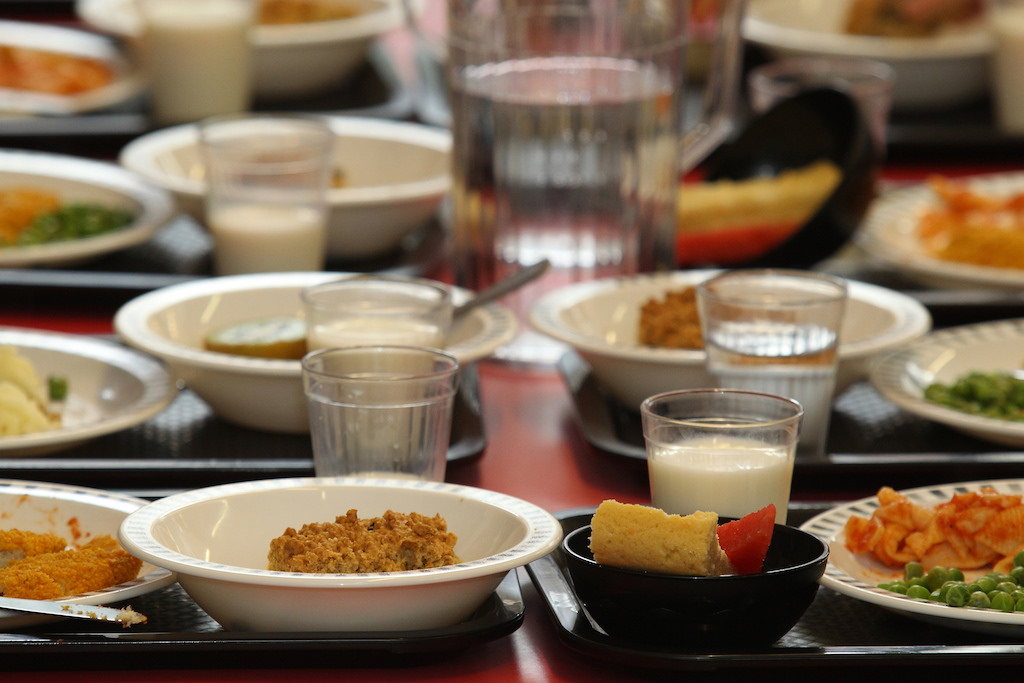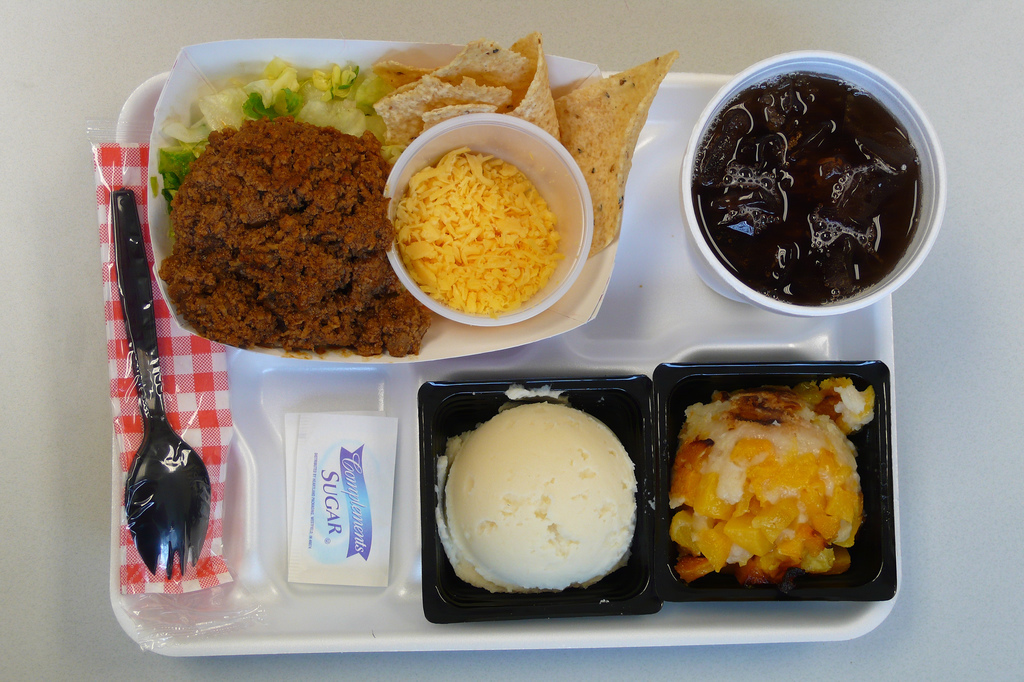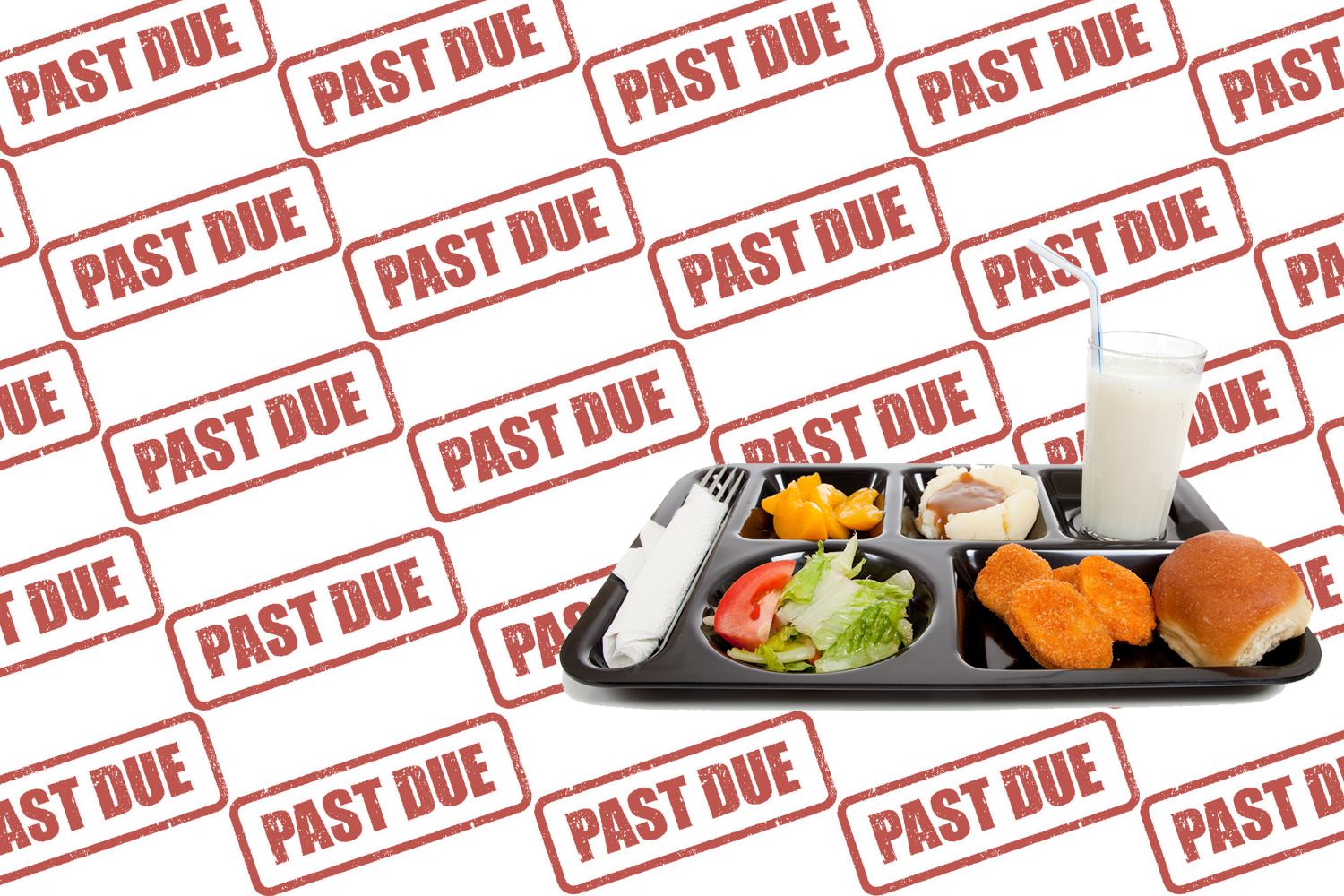After the Denver schools chief made a high-profile announcement last August guaranteeing a full meal to students whether or not they had the money to pay, many advocates cheered the end of so-called “lunch-shaming” in the 92,000-student district.
Then came an unpleasant surprise: Debt from unpaid lunches soared, rising to $356,000 from $13,000 the year before.
Denver’s exploding meal debt — amounting to roughly 900 unpaid lunches every school day of the year — illustrates the balancing act districts nationwide face amid growing public support for policies prohibiting lunch-shaming. Such shaming often involves giving students who can’t pay small, alternative meals, putting stickers or stamps on them to remind their parents to pay, or even throwing out their meals.
The school lunch debt is one reason Denver district officials quietly introduced snacks such as Doritos and Rice Krispies Treats in elementary school cafeteria lines late this past winter. The new additions, seen as unhealthy by some parents, helped generate around $41,000 in new revenue for the nutrition services department.
Diane Pratt-Heavner, director of media relations for the School Nutrition Association, said she hasn’t yet heard of another district with a debt increase the size of Denver’s following the introduction of a lunch-shaming prevention policy. But she said it’s an issue the group, which represents school food service employees, plans to watch closely.
“In many districts, allowing all kids to automatically get a free meal …. can turn into a real financial challenge for the program,” she said, noting that it can take away the incentive for parents to fill out the free and reduced-price meal application.
Another 68 percent of Denver families with unpaid meal debt don’t qualify for free or reduced-price meals. Still, district officials said it’s impossible to determine how many of those families would qualify for subsidized lunches if they applied, how many struggle financially but just miss the cut-off for eligibility, and how many can afford to pay for school lunches but choose not to.
Theresa Peña, regional coordinator for outreach and engagement in Denver’s nutrition services department, supports the district’s new lunch-shaming prevention policy, which ended the practice of giving students with lunch debt cheese sandwiches or graham crackers and milk.
Still, district officials didn’t expect the ballooning lunch debt, which at one point was projected to hit a half-million dollars, she said.
Peña said the district is stepping up efforts to get every family to fill out the free- and reduced-price meal application for next year — an extra challenge in the current political climate in which some immigrant families fear leaving a paper trail.
“We made a pretty hard push,” Peña said. “It did make an impact, but not as great an impact as we had hoped.”
A national problem
Most districts nationwide accrue some debt for unpaid meals.
A 2016 survey by the School Nutrition Association found that three-quarters of school districts rack up unpaid meal debt, up slightly from 71 percent two years before.
In Denver, the amount of lunch debt ranges widely by school, with some accruing less than $50 and others accruing thousands. Omar D. Blair Charter School had the highest lunch debt among Denver schools last year at $11,500. Meanwhile, Florida Pitt Waller, Joe Shoemaker Elementary, Thomas Jefferson High School, and Cheltenham Elementary all reported lunch debts between $2,500 and $5,000.
At Shoemaker, where two-thirds of students are eligible for free or reduced-price meals, Kitchen Manager Chris Juarez said he believes much of the school’s $4,000 in lunch debt came from families who would have qualified for subsidized lunches but didn’t apply. Sometimes, he said, families don’t realize they have to re-submit their application each year; this fall, he plans to meet with returning families — in addition to new families — to emphasize that fact.
Juarez suspects only a small percentage of Shoemaker families can afford to pay for their children’s lunches, but choose not to.
Shoemaker Principal Christine Fleming, said her top priority is making sure kids get to eat lunch, no matter what. She sees non-payment as a “parent issue,” and said, “I don’t want 5-, 6-, 7- year olds to carry that burden.”
Fleming said she’s always reserved some money in a special “principal’s account” to cover the cost of unpaid lunches, including in 2017–18, when she set aside a few hundred dollars.
Previously, that practice was common across the district, Peña said, but once the lunch-shaming policy took effect, “a lot of them said, ‘Zero out my principal account. I’m not going to do that anymore.’”
A district grant of $100,000 paid off lunch debt from students who were eventually eligible for free or reduced-price lunch last school year but whose parents may not have signed up right away. Peña said the district has not finalized how the remaining $256,000 will be paid, and has until June 30 to make a decision.
Is it junk food?
Before this year, elementary schools in Denver sold some snacks — officially called a la carte items — in their cafeterias. These included turkey sticks, granola bars, popcorn, string cheese, and yogurt.
Peña said the district decided to add more a la carte items in February, a few months after district food service supervisors visited nearby districts, including Jeffco and Cherry Creek, and learned that “a la carte sales were a big deal” there.
The additions include more than a half-dozen kinds of chips, Rice Krispies Treats, gummy fruit snacks, and pistachios. All of the items — some of which are slightly reformulated versions of the same products sold on grocery store shelves — adhere to federal rules governing school snacks. Parents were not informed of the new snack offerings when they were introduced.
Susan Scovell, who has two children at Bradley International School in southeast Denver and works part-time as a personal chef, said of the new snacks, “It’s pretty much total junk food.”
She got wind of them when her second-grade daughter began mentioning that friends routinely bought Doritos and Cheetos at lunch time.
“It took me months to figure out this was going on,” she said. “Most parents really had no idea.”
Peña, who said the district plans to communicate better about the snack options this coming year, said parents can prevent their children from buying certain snacks. To do so, they need to contact the school’s kitchen manager and request that a note be added to the student’s school meal account citing the restriction. She conceded that the process may not be obvious or easy for all parents, and said the department will look to address that.
Peña also said that principals or kitchen managers have the option to limit the sale of a la carte snacks at their schools. For example, they can choose not to sell certain items, or restrict the sale of a la carte items to the last 15 minutes of the lunch period or to certain days of the week.
Denver is hardly unique in offering a la carte snacks at elementary schools.
Other large Colorado districts, including Douglas County, Jeffco, and Cherry Creek, also offer such items to grade school students. All three districts allow parents to limit or block their children’s snack purchases.
Carol Muller, state director of Colorado Action for Healthy Kids, which promotes nutrition and exercise initiatives in schools, said one of the top concerns she hears from parents across Colorado is about a la carte snacks. At the same time, she understands the financial pressures school cafeterias are under.
“It’s a really tough issue for everyone involved, including us,” she said. “We certainly support food service staff. We don’t want to add a bigger burden to them, but on the other hand, as a parent, I don’t find all the snacks acceptable either.”
This story was originally published by Chalkbeat, a nonprofit news site covering educational change in public schools.










